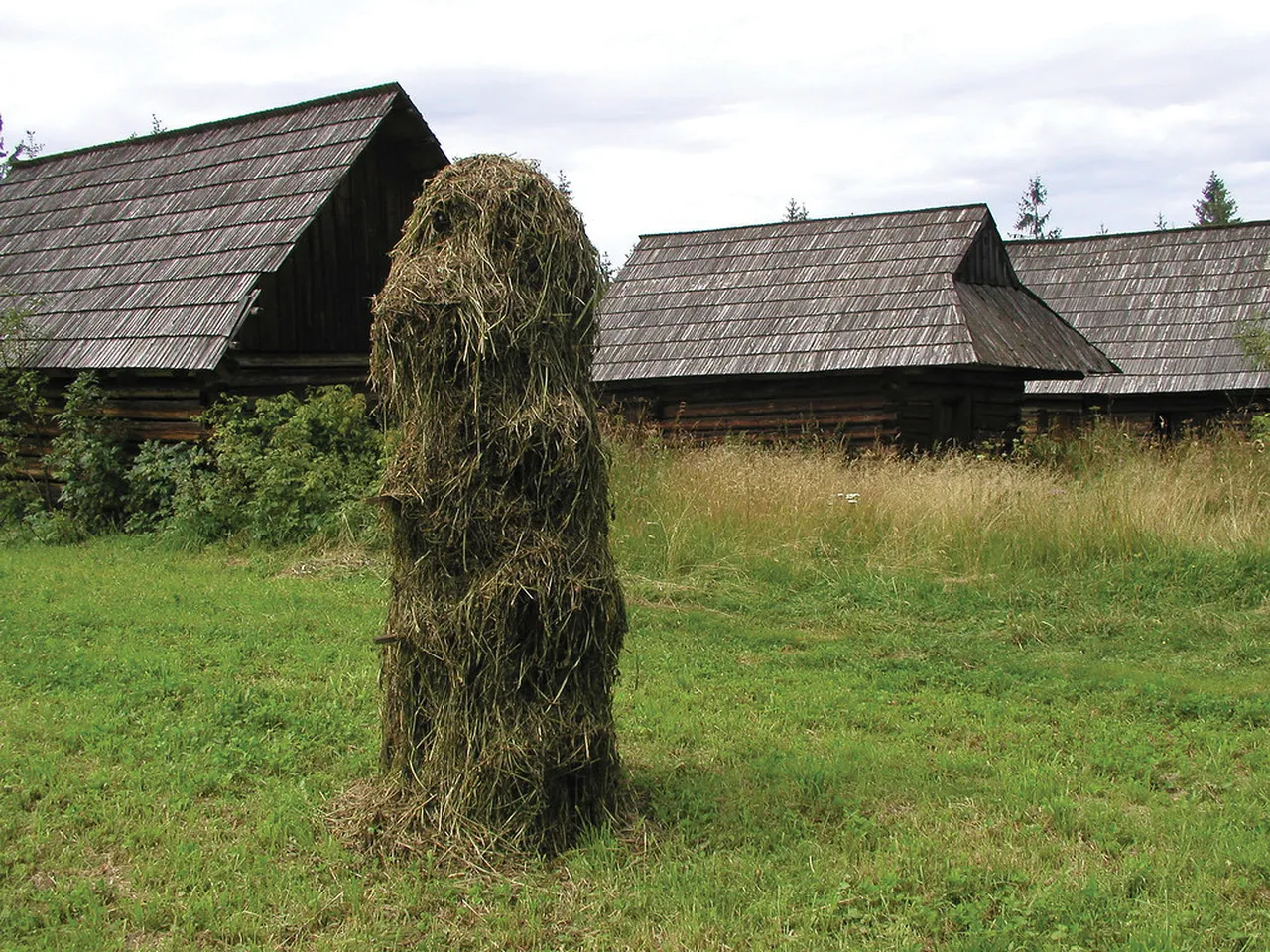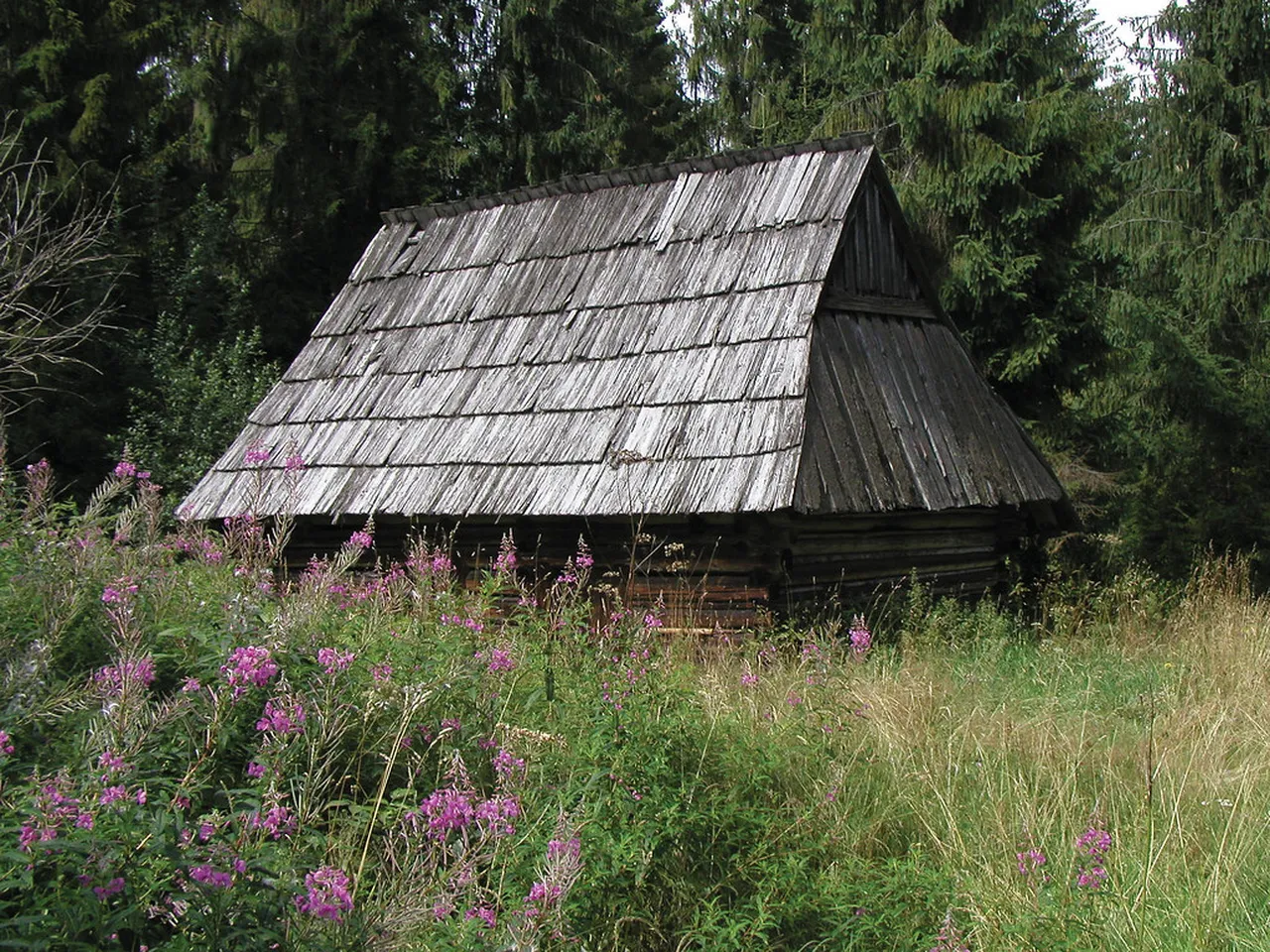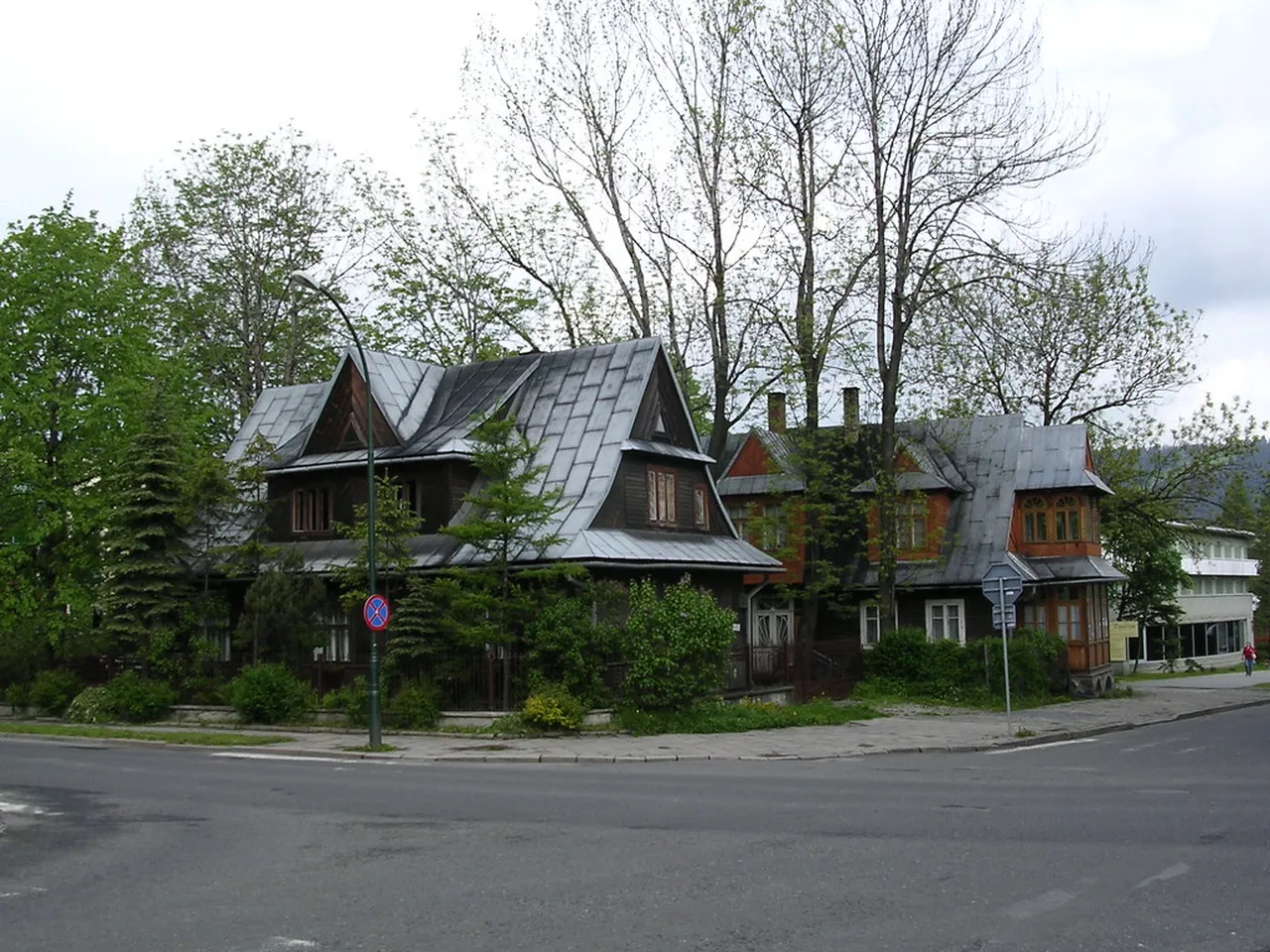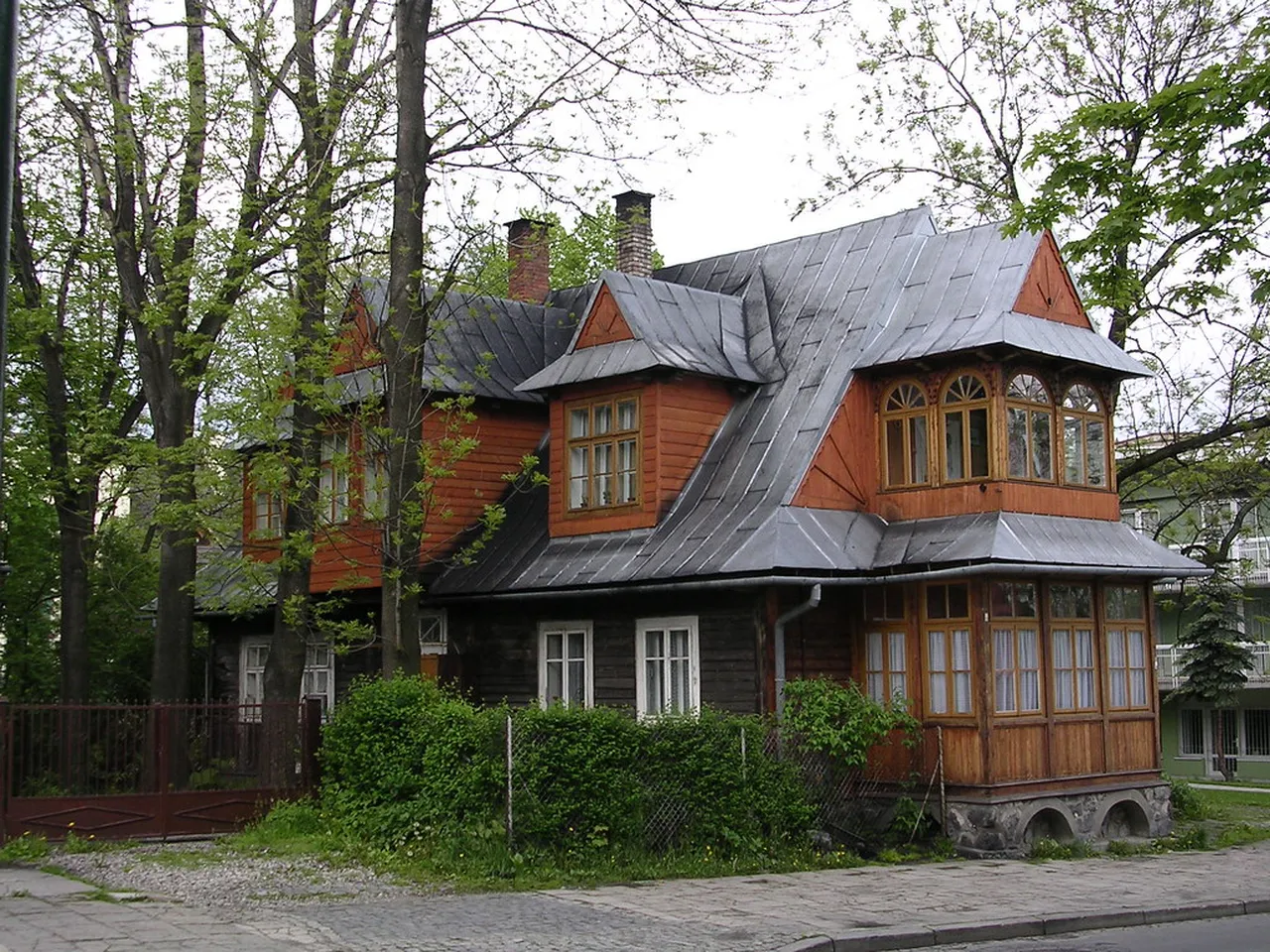
Zakopane Culture: A Deep Dive into Mountain Traditions
Table of Contents
Zakopane Culture
Zakopane culture thrives in the heart of the Tatra Mountains, showcasing a blend of rich traditions, vibrant folklore, and stunning art forms. This charming town is not just a winter sports destination; it is a cultural haven that reflects Poland’s unique heritage. In this article, we will explore the essence of Zakopane culture through its traditional architecture, regional cuisine, folk art, and captivating festivals. Visitors will experience a deep connection with the local customs and the breathtaking natural surroundings that shape the lives of its inhabitants.
Want to find the best travel deals for this destination? adventure planner app with our adventure planning specialist!
1. The Architectural Wonders of Zakopane Culture

The Zakopane Culture is not just about its breathtaking landscapes; it’s also deeply rooted in stunning architecture. The city is famous for its unique Zakopane style, which features wooden houses adorned with intricate carvings. When you wander through the streets, you’ll notice how these designs reflect the harmony between human creation and nature’s beauty. Witkiewicz, a prominent architect, played a significant role in establishing this distinctive style.
Additionally, buildings like the Dom Pod Jedlami embody the spirit of this architectural wonder. Visitors often find themselves captivated by the decorative elements and the functional use of local materials. As you explore, consider visiting some of these historical sites to truly appreciate the craftsmanship involved.
2. Traditional Zakopane Cuisine: Flavors of the Mountains

What better way to experience Zakopane Culture than through its mouthwatering cuisine? The traditional dishes here are hearty, often made with locally sourced ingredients. One must-try is oscypek, a smoked sheep cheese that is famous across Poland. Furthermore, dishes like kwaśnica, a sour cabbage soup, showcase the bold flavors that define this mountainous region.
Moreover, you’ll want to savor miód pitny, a unique mead that pairs perfectly with the local fare. As you dine in cozy restaurants, take in the warm atmosphere, which reflects the inviting nature of Polish hospitality.
3. Folk Music and Dance: Celebrating Zakopane Culture

The rhythmic beats of traditional folk music are inseparable from Zakopane Culture. This vibrant music is typically accompanied by lively dances, making cultural gatherings truly unforgettable. Local bands often perform góralskie melodies that resonate with the spirit of the Tatras.
In fact, attending a regional festival allows visitors to experience these performances firsthand. From the notes of the highland violin to the sound of wooden drums, the music tells stories of local traditions and mountain life. Engaging in dance with the locals is a fantastic way to immerse yourself in the rich cultural tapestry of Zakopane.
4. The Art of Zakopane: Handcrafted Souvenirs and Design

In Zakopane, the artistic legacy is vividly reflected in its handcrafted souvenirs and unique designs. One of the most notable forms of art is the traditional wood carving, which showcases the skills of local artisans. For instance, intricate sculptures, furniture, and decorative items are crafted from locally sourced wood, embodying the essence of Zakopane culture.
Visitors can explore various shops that sell these beautiful handcrafted pieces, allowing them to take home a piece of Zakopane’s charm. Moreover, pottery and textiles manufactured in the region highlight the strong cultural influences of the Góralski people. Consequently, each item tells a story, reflecting the natural beauty and deep-rooted traditions of the area.
5. Understanding Góralski: The Mountain Folk of Zakopane

The Góralski, or mountain folk, are an essential element of Zakopane culture. Known for their vibrant traditions and resilient spirit, the Góralski people’s lifestyle is intricately connected to the Tatra Mountains. Traditionally, they engaged in pastoral life, which has shaped their customs, clothing, and daily rituals.
One can observe their rich heritage through traditional attire, which features bright colors and elaborate embellishments. Furthermore, their dialect enriches the local culture, adding uniqueness to the region. Thus, understanding and experiencing Góralski traditions is key to appreciating the essence of Zakopane culture.
6. Traditional Festivals and Events Celebrating Zakopane Culture
Pro Tip: Book your Zakopane adventures in advance through Viator for the best deals!
Throughout the year, Zakopane hosts various traditional festivals that showcase its vibrant culture. These Events celebrate everything from local music and dance to crafts and cuisine, providing an insight into the community’s heritage. For example, the ‘Tatra Festival’ attracts numerous visitors who come together to enjoy the region’s folklore.
During such festivals, the streets come alive with colorful parades, traditional costumes, and performances by local artists. Additionally, these gatherings serve as a platform for preserving the Góralski culture, helping to pass down stories and practices to younger generations. Ultimately, attending these events is a true celebration of Zakopane culture.
7. Outdoor Activities that Reflect Zakopane’s Cultural Heritage
Pro Tip: Book your Zakopane adventures in advance through Viator for the best deals!
In Zakopane, outdoor Activities hold a significant place in the heart of its cultural heritage. From hiking the breathtaking Tatra Mountains to skiing in winter, the connection to nature is palpable. Visitors can explore a variety of trails, such as the Giewont path, which not only offers stunning views but also a glimpse into the local traditions associated with mountain climbing.
Additionally, traditional methods of shepherding play an essential role in outdoor life. Tourists can engage in memorable experiences like cheese-making workshops, which reflect the region’s past. Each activity provides a way for travelers to immerse themselves in Zakopane’s vibrant culture, while also fostering respect for the natural environment.
8. The Role of Nature and Landscape in Zakopane Culture
Recommendation: Don't miss out on amazing Zakopane tours - book now!
Tip: Discover the best Zakopane experiences with Viator Tours!
The stunning landscape of Zakopane is not just a backdrop; it is central to the town’s cultural identity. The majestic Tatra Mountains provide a unique environment that deeply influences local traditions and lifestyles. As a result, nature is revered in various customs, ranging from folk tales to artistry.
This influence can be seen both in the architecture and in the local arts and crafts. For instance, many traditional wooden homes are designed to harmonize with their surroundings. Furthermore, the scenic beauty is often depicted in the works of local artists, capturing the essence of Zakopane’s much-loved nature.
9. Influential Figures in Zakopane’s Cultural History
Recommendation: Don't miss out on amazing Zakopane tours - book now!
Zakopane’s cultural history is rich with influential figures who have shaped its identity over the years. Among them, Stanisław Witkiewicz stands out as a prominent architect who introduced a unique style of wooden architecture known as “Zakopane style.” His work not only beautified the town but also solidified its cultural significance.
Moreover, the renowned painter Witold Wojnicz played an essential role in popularizing the natural beauty of the region through his artworks. His paintings are cherished and often reflect the deep connection between the landscapes and the people of Zakopane. These influential figures contribute to the vibrant tapestry of Zakopane culture, highlighting its artistic and historical importance.
10. Exploring Zakopane’s Gallery of Local Artists
Zakopane is not only known for its breathtaking landscapes but also for its vibrant art scene. The local artists’ gallery showcases the work of talented individuals who draw inspiration from the stunning Tatra Mountains. In fact, many pieces captured the essence of the mountains, their traditions, and folklore.
As you explore the gallery, you will encounter a variety of artistic expressions, including paintings, sculptures, and pottery. Many visitors find that connecting with these artworks deepens their understanding of Zakopane culture. Additionally, this space regularly hosts exhibitions, allowing artists to present their latest creations to the public.
Furthermore, by purchasing handcrafted souvenirs, you directly support the local economy. Therefore, visiting the gallery is not only a memorable experience but also a meaningful way to contribute to the preservation of Zakopane’s artistic heritage.
11. The Significance of Tatra National Park to Zakopane Culture
Tatra National Park stands as a symbol of nature within Zakopane culture. This stunning park is not only a place for outdoor Activities but also a vital component of the region’s identity. Given that it encompasses many scenic valleys and peaks, the park attracts numerous visitors every year.
Moreover, Tatra National Park is home to a diverse array of flora and fauna, which plays a significant role in the local ecosystem. Additionally, it provides inspiration to countless artists and writers. For instance, traditional stories and folklore often reference the park’s natural wonders.
Furthermore, the park serves as a location for many cultural events and Activities. Travelers can explore its trails while gaining insight into how deeply nature is woven into Zakopane culture. Thus, whether you hike its trails or marvel at its views, Tatra National Park is an essential part of the Zakopane experience.
12. Preserving Zakopane Culture: Challenges and Efforts
Preserving Zakopane culture is an ongoing endeavor as modernization continues to impact traditional life. Many cultural elements, such as customs and crafts, are at risk of being lost over time. Thus, local authorities and community members actively work to support cultural preservation initiatives.
One major challenge is the influx of tourists, which, while beneficial for the economy, often leads to the commercialization of traditional practices. As a result, many efforts focus on education and awareness to ensure visitors appreciate the true essence of Zakopane culture.
Moreover, local festivals and workshops play a critical role in revitalizing interest in traditional crafts. Through these events, both residents and visitors can engage with the culture, ensuring its survival for future generations. Therefore, the collaborative efforts of the community are essential for sustaining the rich heritage of Zakopane culture.
Zakopane culture is a rich tapestry woven from the threads of tradition, nature, and artistry. With its unique architecture, delicious cuisine, and vibrant festivals, it offers visitors a genuine taste of life in the Tatra Mountains. As you explore this remarkable town, you’ll find that the essence of Zakopane lies in its people’s deep connection to their heritage and environment. Which aspect of Zakopane culture fascinates you the most? Share your thoughts in the comments, and plan your visit to immerse yourself in this extraordinary cultural experience.